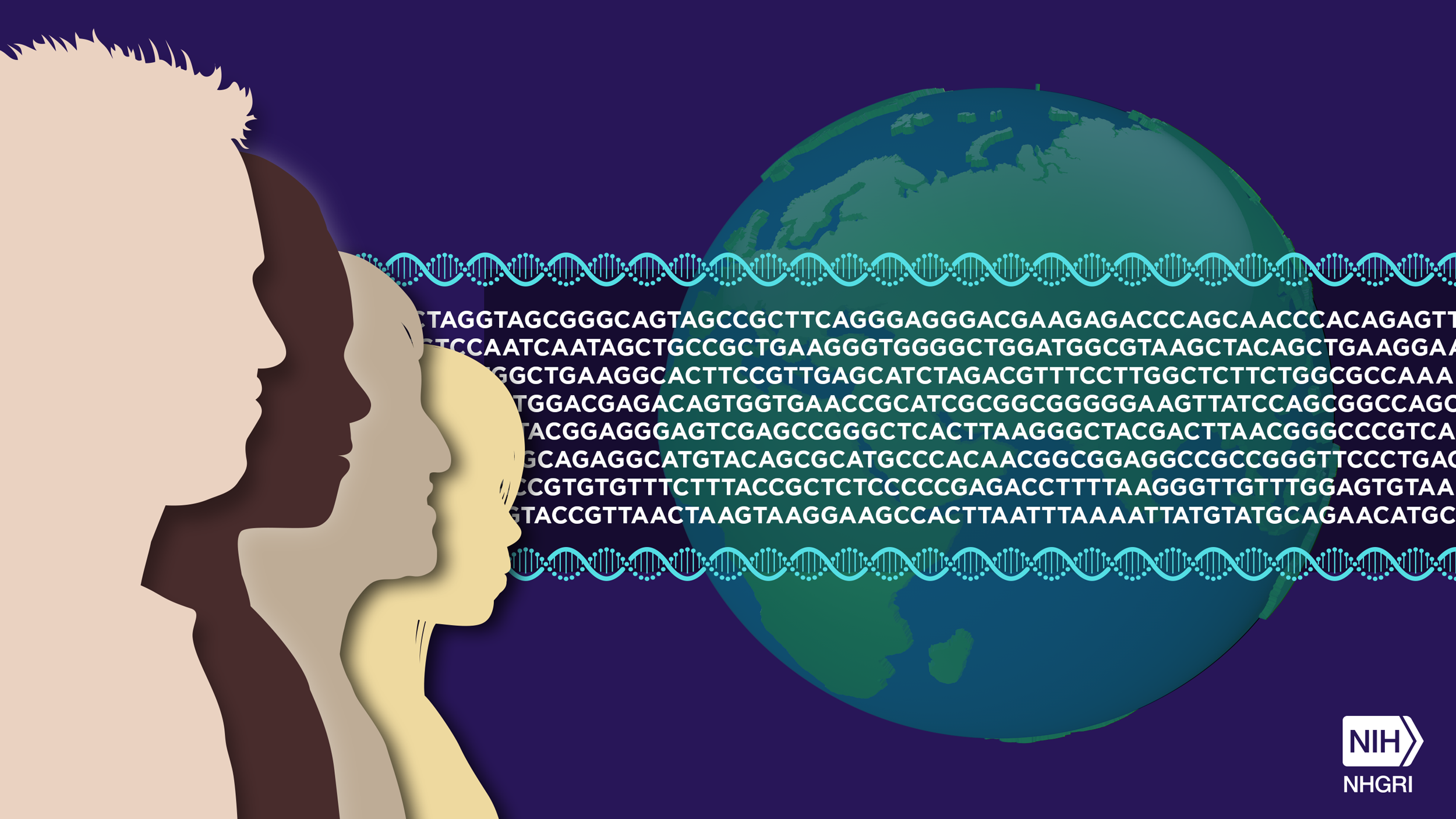Aggregated News

In June 2000, Bill Clinton, the then US president, stood smilingly next to the leaders of the Human Genome Project. “In genetic terms, all human beings, regardless of race, are more than 99.9% the same,” he declared. That was the message when the first draft of the human genome sequence was revealed at the White House.
The single string of As, Ts, Cs and Gs eventually became the first human reference genome. Since its publication in 2003, the reference has revolutionised genome sequencing and helped scientists find thousands of disease-causing mutations. Yet at its core is a somewhat ironic problem: the code meant to represent the human species is mostly based on just one man from Buffalo, New York.
Though humans are very similar, “One person is not representative of the world,” says Pui-Yan Kwok, a specialist in genome analysis based at University of California, San Francisco and Academia Sinica in Taiwan. As a result, most genome sequencing is fundamentally biased.
This bias limits the kind of genetic variation that can be detected, leaving some patients without diagnoses and...



